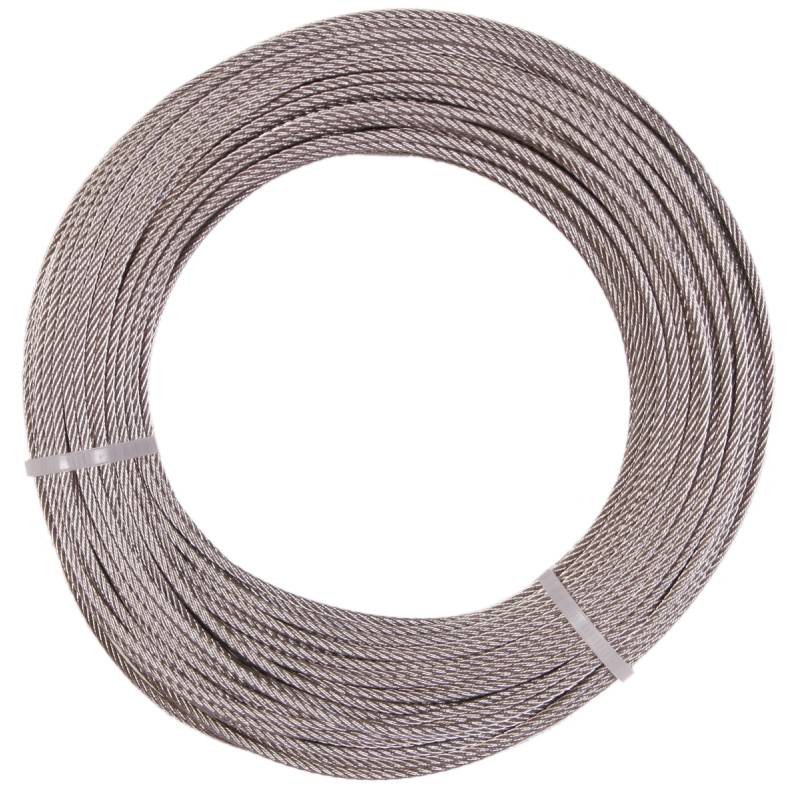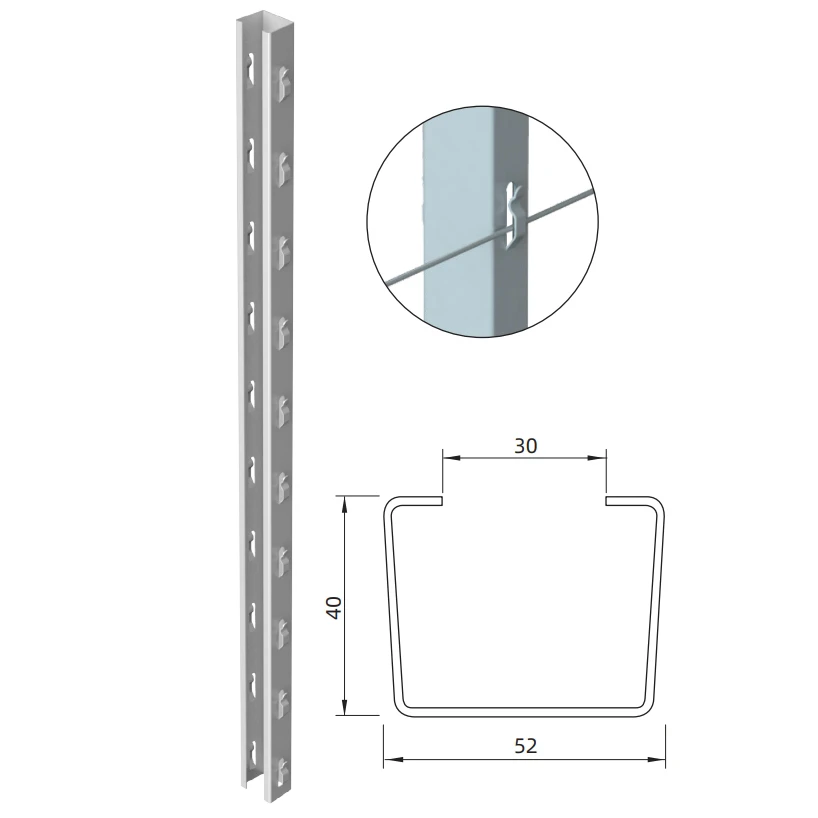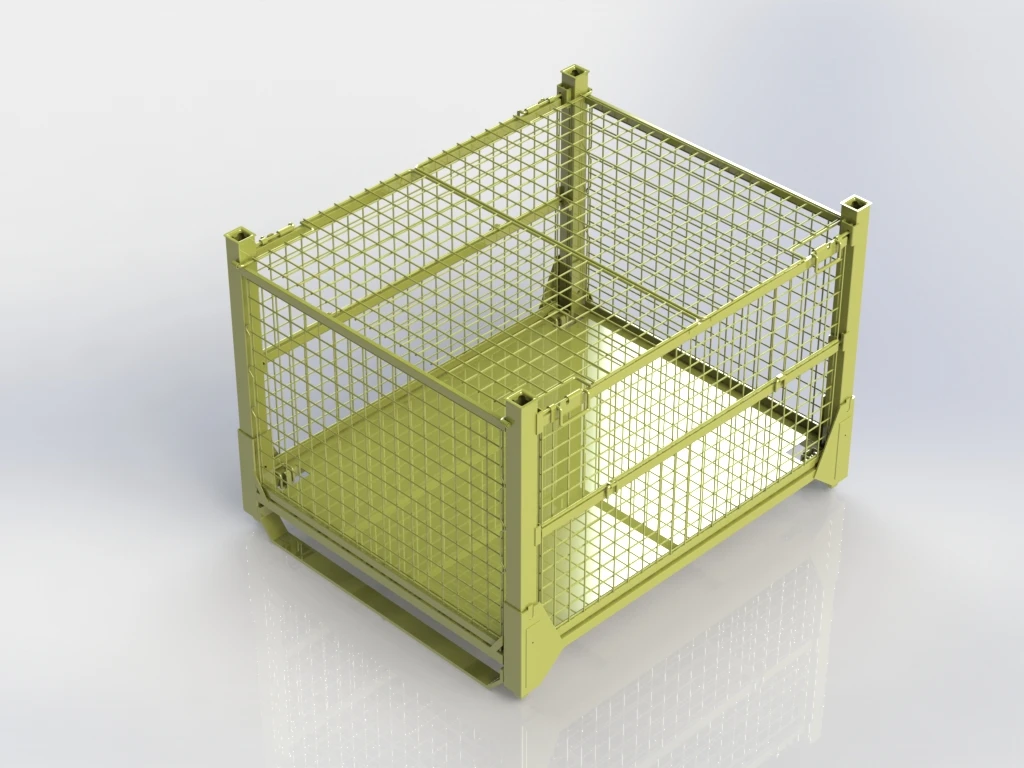Guide to Installing a Barbed Wire Fence for Security and Safety
Ліст . 29, 2024 23:01
Installing Barbed Wire Fence A Practical Guide
Barbed wire fencing is a durable and effective solution for securing properties, livestock, and boundaries. Its design, featuring sharp-edged barbs spaced at regular intervals, deters intruders and animals alike. Whether you're looking to protect your farmland or create a boundary for privacy, installing a barbed wire fence can be a rewarding project. Here’s a step-by-step guide to help you through the process.
1. Planning and Preparation
Before commencing installation, it’s essential to plan your fence layout. Measure the area requiring fencing and mark corners and gates with stakes. Additionally, check local regulations regarding fencing, as there may be restrictions in your area regarding height and type of materials used.
2. Gather Materials and Tools
You will need several materials to begin your fencing project - Barbed wire rolls - Fence posts (wooden or metal) - Post hole digger or auger - Wire cutters - Staple gun or fencing pliers - Level - Concrete (optional, for added stability)
3. Setting the Fence Posts
Determine the spacing for your fence posts—typically, a distance of 8 to 12 feet apart is sufficient. Using your post hole digger, dig holes approximately 2 feet deep for stability. Place each post in the hole, ensuring they are straight and level. For added strength, you can set posts in concrete, especially in areas with loose soil. Allow the concrete to cure as per the manufacturer’s instructions.
installing barbed wire fence

Once the posts are secure, it’s time to string the barbed wire. Start at one end of the fence line, attaching the first wire to the corner post. Use a staple gun or fencing pliers to secure the wire to the post. Make sure the wire is taut to prevent sagging. Depending on your needs, you may want to use multiple strands of barbed wire—typically, three to five strands are common for effective security.
5. Creating Tension
Proper tension on the barbed wire is crucial. You can achieve this by using a tensioning device or by manually tightening the wires as you attach them to each post. When properly tensioned, the barbed wire should not sag excessively and should be at an appropriate height to deter animals and intruders.
6. Finishing Touches
Finally, inspect the entire fence line for any weaknesses or loose areas. Ensure that all barbs are secured and that the fence is visually straight. Trim any excess wire and ensure the area surrounding the fence is clear.
7. Maintenance
Regular maintenance is essential for the longevity of your barbed wire fence. Check for rust, damage, or sagging wire periodically to ensure it remains effective and secure.
Installing a barbed wire fence may seem daunting, but with proper planning and execution, it can be a straightforward and fulfilling project that enhances your property’s security and boundary definition.









 Unity
Unity Creation
Creation Challenge
Challenge Contribution
Contribution










